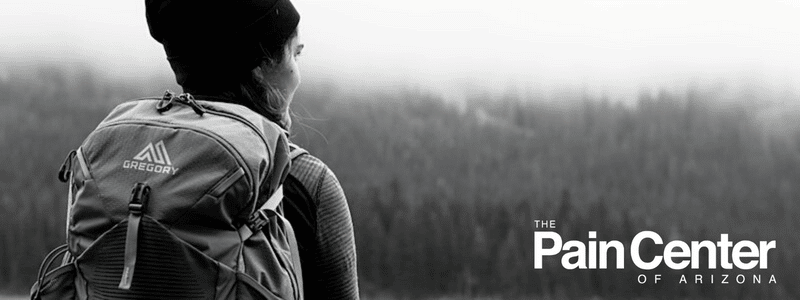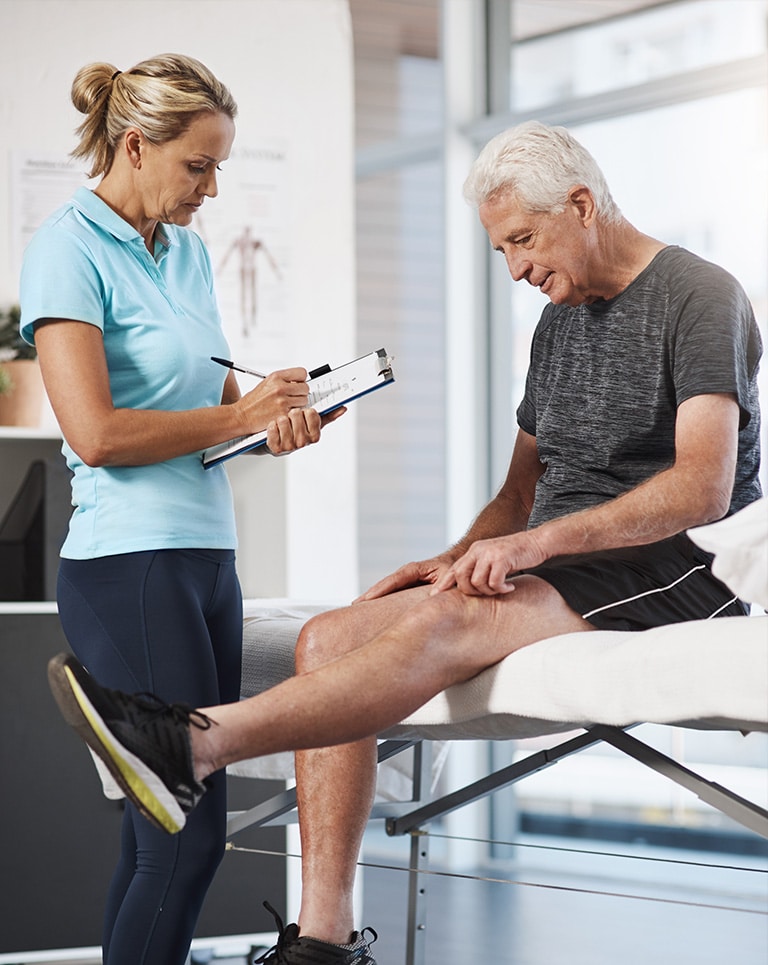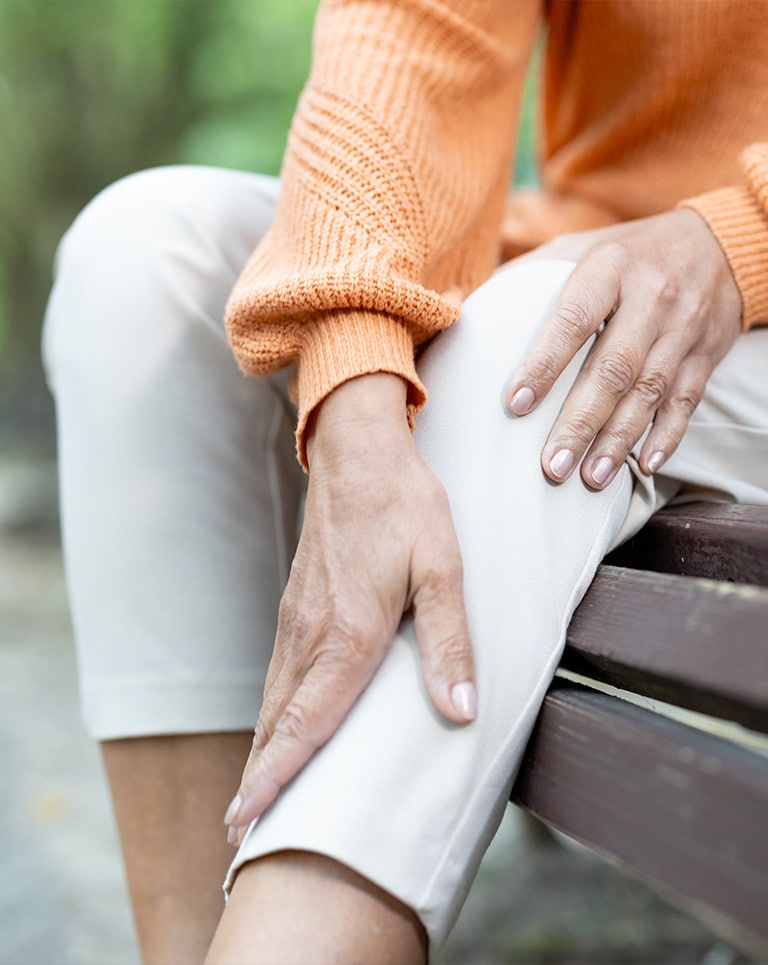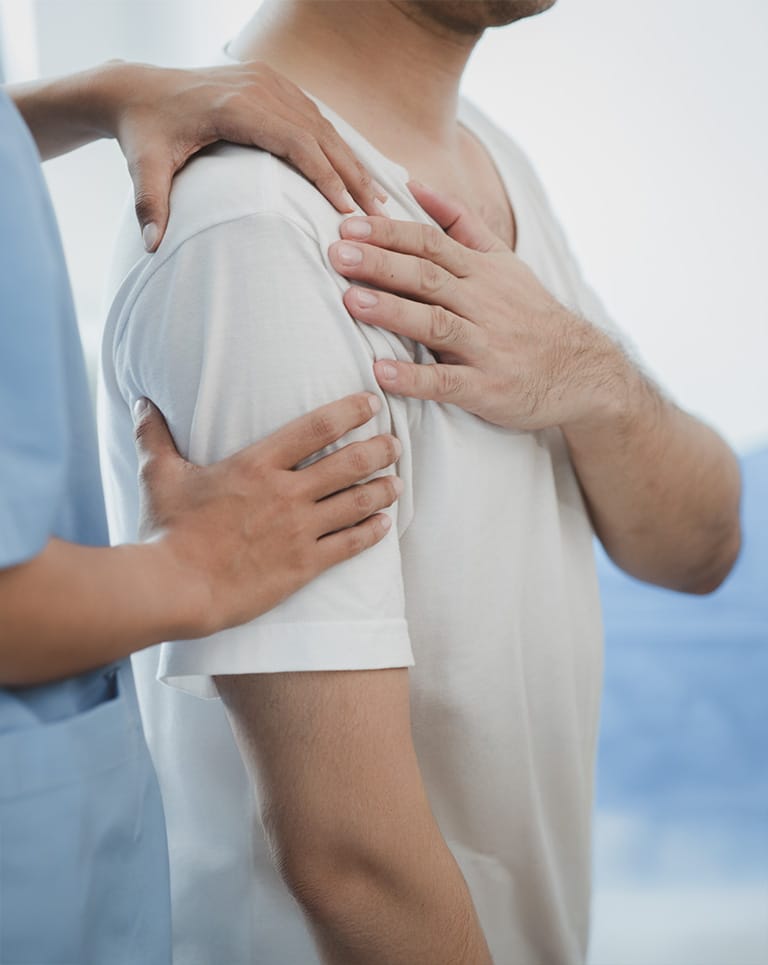
Carrying a heavy load can do more than hurt the back. According to Tel Aviv University researchers, nerve damage, specifically to the nerves that travel through the neck and shoulders to animate our hands and fingers, is also a serious risk. At The Pain Center of Arizona, our pain doctors recommend not only always lifting heavy objects correctly, but also never lifting more than is safe.
The research was published in the Journal of Applied Physiology and partially supported by a grant from TAU’s Nicholas and Elizabeth Slezak Super Center for Cardiac Research and Biomedical Engineering. They determined that the pressure of heavy loads carried on the back has the potential to damage the soft tissues of the shoulder, causing microstructural damage to the nerves.
The result could be anything from simple irritation to diminished nerve capacity, ultimately limiting the muscles’ ability to respond to the brain’s signals, inhibiting movement of the hand and the dexterity of the fingers. In practice, this could impact functionality, reducing a worker’s ability to operate machinery, compromising a soldier’s shooting response time, or limiting a child’s writing or drawing capacity.
The researchers focused their study on combat units in which soldiers must carry heavy backpacks. They discovered that, in addition to complaining of discomfort or pain in their shoulders, soldiers also reported tickling sensations or numbness in the fingers.
Hoping to explore this issue in a non-invasive manner, they used biomechanical analysis methods originally developed for investigating chronic wounds. The analyses show how mechanical loads, defined as the amount of force or deformation placed on a particular area of the body, were transferred beneath the skin to cause damage to tissue and internal organs.
Based on data collected by MRI, Profs. Gefen and Epstein developed anatomical computer models of the shoulders. These showed how pressure generated by the weight of a backpack load is distributed beneath the skin and transferred to the brachial plexus nerves. The models also account for mechanical properties, such as the stiffness of shoulder tissues and the location of blood vessels and nerves in the sensitive areas which are prone to damage.
Extensive mechanical loading was seen to have a high physiological impact. “The backpack load applies tension to these nerves,” explains Prof. Gefen. He notes that the resulting damage “leads to a reduction in the conduction velocity – that is, the speed by which electrical signals are transferred through the nerves.” With a delay or reduction in the amplitude or the intensity of signals, nerve communication cannot properly function, he says.
The researchers were most concerned about how heavy backpacks may affect children. To help children ease the burden on their backs, try to encourage them to bring home everything every night and leave some things in their locker. It’s also helpful to find a well-designed backpack and adjust it properly to fit the child securely.




